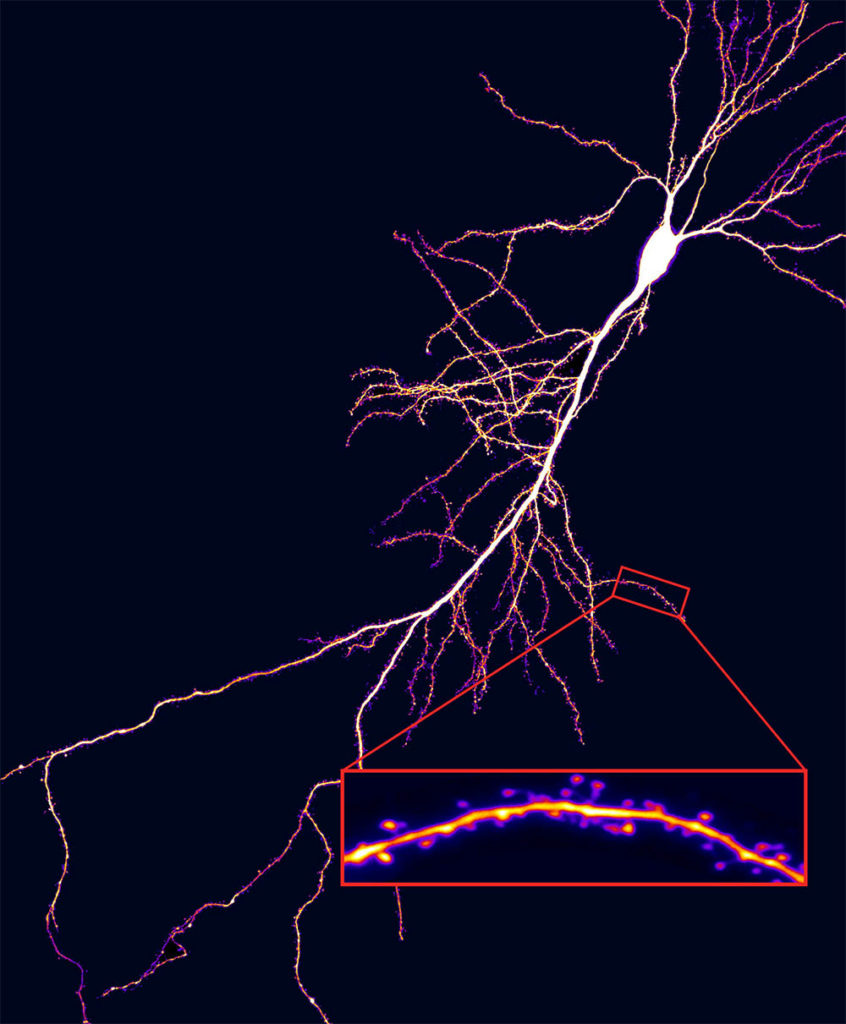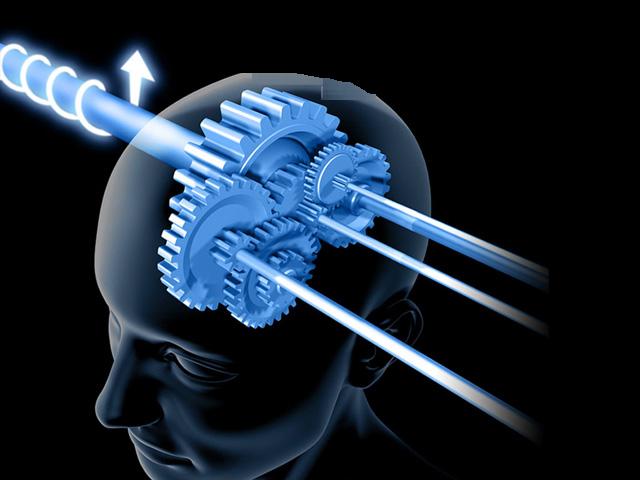The brain has a way of controlling nerve activity, ensuring that as we learn new things, we consolidate our memories. Otherwise, it would end up being “saturated”, losing the ability to store any information.
But isn't this demand for stability, in turn, limiting our faculties of memorization and learning? A study now provides new elements to solve this puzzle.
The brain's essential function is to allow organisms to learn and adapt to the world around them. To do this, the brain is literally able to alter the connections, or synapses, between neurons, reinforcing relevant patterns of neural activity in order to store information. The existence of this process, called “brain plasticity”, has been known for some time.
At the level of synapses, there are two different types of brain plasticity. One of them is the “Hebb plasticity” (named after the pioneer of neuroscience Donald Hebb), which effectively allows for recording information in synapses.
The other type, discovered more recently, is “homeostatic synaptic plasticity” (PSH). Its function, as with other “homeostatic” processes in the body – maintaining a constant body temperature is one example – is to maintain the stability of the brain.
It is PSH that ensures that the brain does not become too active (as in epilepsy) or too inactive (which can happen in Alzheimer's disease due to the loss of synapses).
However, little is known about how these two types of plasticity actually interact in the brain. Now, a team of neuroscientists from the Champalimaud Center in Lisbon has begun to unravel the processes that occur at synapses when the two mechanisms overlap. Their results were published in iScience magazine.
“In theory, the two types of plasticity work as opposing forces,” says Anna Hobbiss, first author of the new study, led by Inbal Israely.
“Hebb plasticity corresponds to the synaptic activity that prompts synapses to become stronger, while PHS makes synapses weaker. We wanted to understand, at the cellular and molecular level, how synapses deal with these two forces when they are present simultaneously”.
In this study, the authors unexpectedly showed that, contrary to what might be expected, PHS promotes Hebb plasticity, thus influencing memory creation and learning. This means that these two types of plasticity “may actually not be so distinct, but rather combine their effects in the same synapse”, says Israely.

The team's goal was to determine the changes in size of tiny structures, called dendritic spines, which receive signals from other neurons across the synapse. The size of these spines changes with the strength of the synaptic connection.
In the new study, scientists analyzed cells from the hippocampus of mice (the hippocampus is a part of the brain that is crucial for learning). In their experiments, they blocked cell activity by introducing a potent neurotoxin, tetrodotoxin, thus simulating the loss of neuronal activity that reaches a part of the brain ("just imagine sudden blindness, which results in the loss of signals from the eyes to the brain ”, says Hobbiss).
Forty-eight hours later, they simulated a small recovery of neuronal activity at the level of just one synapse, by releasing molecules of a neurotransmitter – glutamate – in a single spine of a single neuron. This was possible thanks to state-of-the-art laser technology, called two-photon microscopy, which allowed them to visualize and stimulate individual dendritic spines with great precision.
During the experiment, scientists closely followed what happened to the pimples – visualizing various anatomical changes. First, the complete silencing of neural activity caused an increase in the volume of dendritic spines. “The spines are like tiny microphones that, in the face of silence, increase the 'volume' to try to capture the slightest noises”, explains Hobbiss.
Then, they individually activated the pimples with glutamate pulses and followed them for two hours. One of the hypotheses was that the pimples would be unable to grow any further, as their 'volume' was at its maximum. But exactly the opposite happened: the pimples continued to grow – and the smallest pimples grew the most.
Finally, the authors saw that the spines surrounding the activated spine had also grown, despite the experience having activated only one spine at a time. “We found that, after lack of activity, other pimples in the vicinity had also grown, making the cell's sensitivity to neuronal transmission even greater,” says Hobbiss. “Cells become more sensitive, more susceptible to encoding information. As if it were 'amplifiers'”, he adds.
“The fact that neighboring spines grow at the same time as the active spine means that homeostatic plasticity changes one of the fundamental characteristics of information storage, which is that plasticity is limited to the place of entry of information”, explains Israely.
“Therefore, in this sense, the different plasticity mechanisms that act on neurons are able to collaborate to change which and how many input channels respond to a stimulus. I think this is a very important result of our study”.
Taken together, these results show that homeostatic plasticity can indeed increase Hebb plasticity, the type of plasticity needed to store information. “Our work adds a piece to the puzzle of how the brain performs one of its fundamental tasks: being able to encode information while maintaining a stable level of activity,” concludes Hobbiss.
The dysregulation of homeostatic plasticity – the stabilizing component – is beginning to be related to human health, in particular with neurodevelopmental disorders such as fragile X and Rett syndromes, but also with neurodegenerative diseases such as Alzheimer's disease. “Perhaps it is this balance that enables us to learn new information and to ensure the stability of that knowledge over a lifetime,” says Israely.
Author Champalimaud Center
Science in the Regional Press – Ciência Viva



















Comments